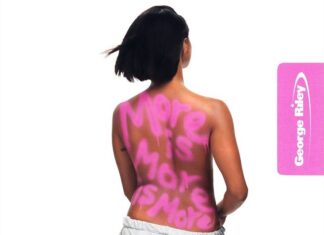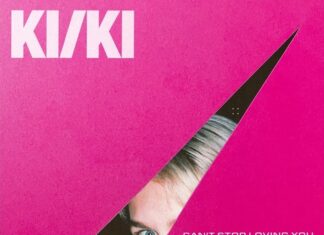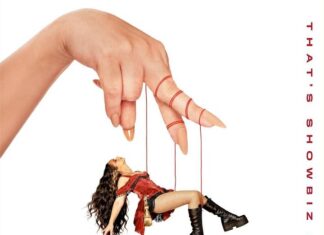
As an artist, you always seek ways to stand out and connect with your audience. Music visualizers offer a unique way to do just that. Let’s explore why incorporating a music visualizer can be a game-changer for your musical journey.
A music visualizer is a digital tool that creates visual animations and patterns synchronized with music. It transforms audio into a visual experience, often in real time. This isn’t just about pretty colors and shapes; it’s an art form that brings a new dimension to your music.
Benefits for Musicians
1. Enhanced Listener Engagement
Visual Appeal: Our brains are wired to respond to visuals. A captivating visualizer can make your music more engaging and memorable.
Emotional Connection: Visualizers can evoke emotions, complementing the mood of your track and deepening the listener’s emotional response.
2. Increased Visibility
Social Media Friendly: In an era where content is king, visualizers make your music more shareable and suited for platforms like Instagram, YouTube, and TikTok.
Stand Out: In the crowded digital space, a unique visualizer can set your music apart and grab attention.
3. Artistic Expression
Creative Extension: Visualizers allow you to extend your artistic expression beyond sound. It’s another canvas for your creativity.
Storytelling: They can tell a story or convey a message, adding depth to your music.
4. Live Performances Enhancement
Concert Experiences: Integrating visualizers in live shows can elevate the audience experience, making it more immersive and dynamic.
Interaction: Some visualizers respond to live music, creating an interactive experience between you and your audience.
5. Marketing and Branding
Brand Identity: Consistent visual themes can become part of your brand, helping you develop a recognizable artistic identity.
Promotional Tool: They can be used in marketing campaigns, from album releases to concert promotions.
How to Get Started
Choose the Right Software: Research and select a visualizer software that suits your style and needs. Some popular options include MilkDrop, VSXu, and ProjectM.
Experiment and Learn: Play with different visual styles and sync them with your tracks. Don’t be afraid to experiment.
Integrate with Social Media: Share your visualized tracks on social media platforms to gauge audience reactions and get feedback.
Collaborate: Consider collaborating with visual artists or animators for unique creations.
Conclusion
A music visualizer is more than just a fancy addition to your music. It’s a powerful tool that can enhance listener engagement, increase your visibility, and offer new avenues for artistic expression. As the digital landscape evolves, embracing such tools can be instrumental in your growth as a musician.





















 🔥 Limited Time: Get 55% OFF All Plans - Ends in:
🔥 Limited Time: Get 55% OFF All Plans - Ends in: